Sixteen years ago today, Mercedes-Benz announced one of the most shrewd acquisitions in F1 history, purchasing the fairytale Brawn GP team for £110 million and setting in motion a dynasty that would dominate the sport for nearly a decade.
On 16th November 2009, Daimler AG and Aabar Investments revealed they had secured a 75.1% stake in the championship-winning outfit, marking Mercedes' return as a full works team for the first time since Juan Manuel Fangio claimed the 1955 title for the Silver Arrows.
The timing was perfect. Just eight months earlier, Ross Brawn had pulled off the deal of the century when he bought the entire Honda F1 operation for a symbolic £1 after the Japanese manufacturer's shock withdrawal during the global financial crisis. What Honda saw as a liability, Brawn recognised as an opportunity.
Working with just £100 million from Honda to fund the entire 2009 campaign, Brawn GP achieved the impossible.
Jenson Button's six wins from the first seven races propelled him to the drivers' championship, whilst the team clinched the constructors' title with eight victories from 17 races.
Brawn's masterstroke lay in recognising the potential of the BGP 001's innovative double diffuser design. Whilst rivals scrambled to understand the new regulations, Brawn GP, alongside Toyota and Williams, exploited a technical loophole that provided a significant aerodynamic advantage in the early stages of the season.
Button's dominance was absolute during those opening rounds. A 1-2 finish on debut at Melbourne, followed by commanding victories in Malaysia, Bahrain, Spain and Monaco, established a lead he would never relinquish despite the field closing up as competitors introduced their own diffuser updates.
For Mercedes, the acquisition represented perfect timing. Having supplied engines to Brawn GP throughout 2009, they had witnessed firsthand the team's operational excellence and technical innovation.
Rather than start from scratch, they were purchasing a proven championship-winning operation.
Viewed by others:
Building a dynasty
What followed transformed F1. After a transitional period as Mercedes GP, the team hit its stride with the 2014 regulation changes that introduced hybrid power units.
The Silver Arrows' technical mastery in this area would prove devastating for the competition.
Between 2014 and 2021, Mercedes achieved unprecedented dominance, claiming eight consecutive constructors' championships and seven drivers' titles.
Lewis Hamilton, who joined from McLaren in 2013, became the face of this success, winning six of those seven drivers' crowns and forming a formidable partnership with Nico Rosberg until the German's retirement after his 2016 title triumph.
The numbers are staggering. During their peak years, Hamilton and Rosberg won 51 of 59 races between 2014 and 2016 alone, whilst Hamilton's overall Mercedes tally reached 84 victories across 12 seasons before his departure to Ferrari for 2025.
The transformation from Brawn's £1 gamble to Mercedes' championship juggernaut remains one of motorsport's greatest success stories.
What began as Ross Brawn's desperate attempt to save jobs became the foundation for F1's most successful modern era.
Today, as Mercedes rebuilds with George Russell and rookie Kimi Antonelli, the team reflects on a period of dominance that reshaped Formula 1's landscape.
The acquisition of Brawn GP wasn't just a purchase; it was the beginning of a legacy that established Mercedes as the sport's modern benchmark.
Sixteen years on, that £110 million investment stands as one of the shrewdest deals in sporting history.
Don't miss out on any of the Formula 1 action thanks to this handy 2026 F1 calendar that can be easily loaded into your smartphone or PC.
Download the calenderMost read
In this article
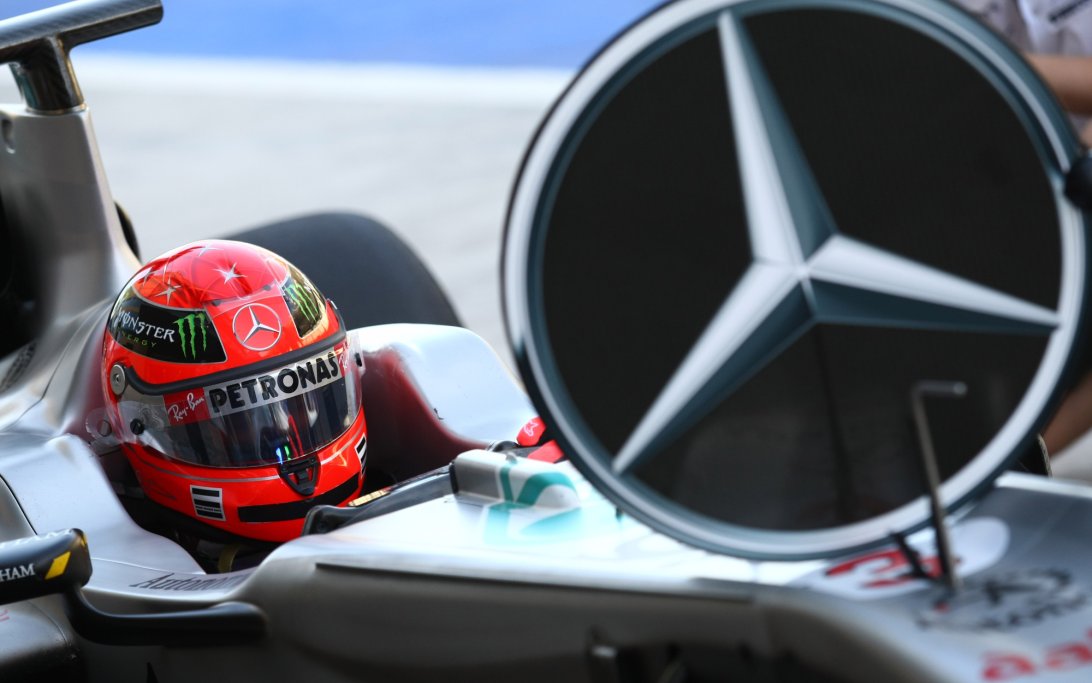
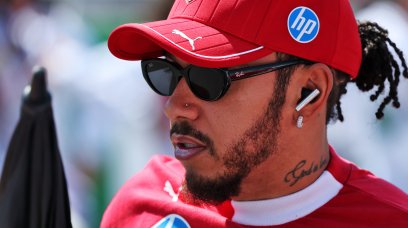
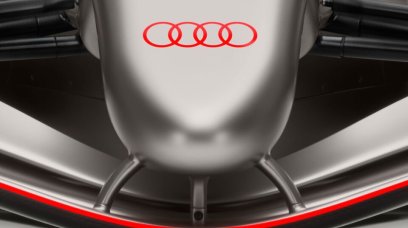
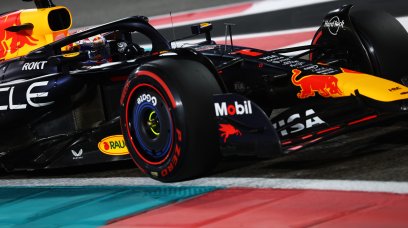

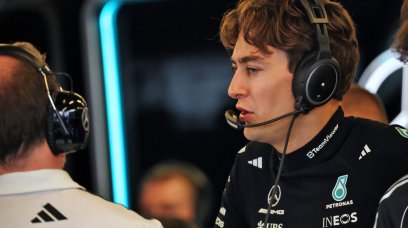
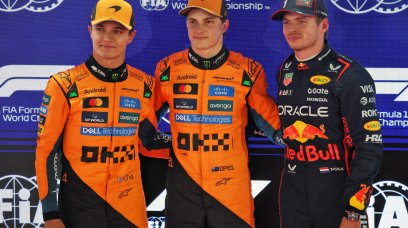

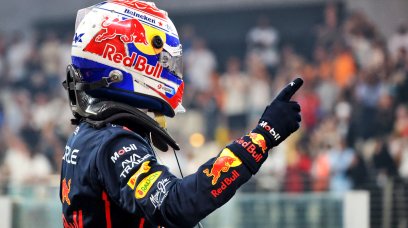
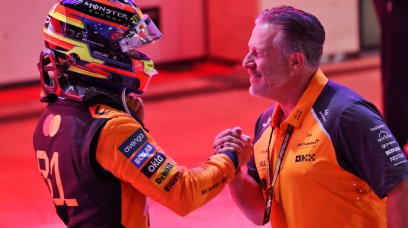
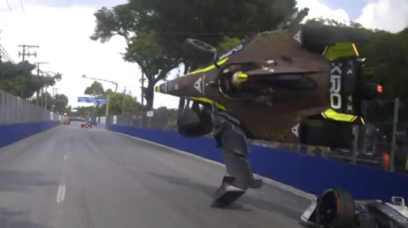














Join the conversation!